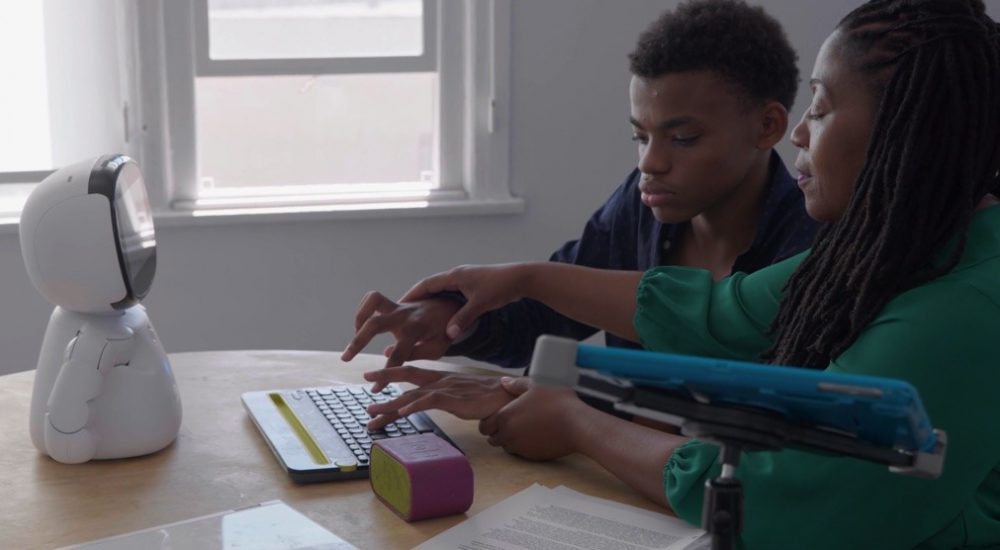Robot-Assisted Instruction for children with autism is usually associated with replacing or supplementing the learning that takes place in a classroom. It can be a valuable tool not only for academic learning but for helping children get more comfortable engaging with others in a casual play setting.
Robot-Assisted Instruction (RAI) from robot NAO meets kids at their level while helping them understand the lessons they need to succeed in life.

Emerging Science of Robots and Autism
A collection of small studies have demonstrated that robots, when well-designed with autistic children’s needs in mind, can help with a wide variety of therapeutic needs. These include learning, attention, initiating play, verbalization, social skills, and cognitive skills. Robots give an accessible, easy way for autistic children to interact with a teacher-like figure without the barriers and complications of actual face-to-face learning.
How Robots Help Encourage Social Play
Encourage Bonding
It may come as a surprise, but, over time, many kids form bonds with their robots. MOVIA’s systems are programmed with kid-friendly breaks and dance moves that encourage friendliness and associate robot sessions with fun, enjoyment, and other warm feelings.
These interactions help the children bond with their robot teachers, especially as the robots offer a personal touch: personalized positive feedback using the child’s name and/or phrases that are familiar to the child.
Break Past the Barriers of Remote Learning
In the era of remote learning during the COVID-19 pandemic, many children are struggling with the skills they are learning in school – and that includes the social skills that in-person schooling often fosters. After over a year of isolation, the transition back to “normal” is likely to be full of struggles as children re-adjust to interacting regularly with peers.
For children with autism, this struggle is likely to be even more dramatic. Regular engagement with a familiar face (even when that familiar face is a robot) provides a level of consistency and familiarity that children find comforting. It also supports their social skills even when human interaction is limited.
Remove the Pressure of Face-to-Face Interactions
Social play with another person comes with all kinds of added nuances, from eye contact to nonverbal cues and all the complications and unpredictability of human behavior. Children with autism tend to feel more relaxed when playing with a robot because these added variables are removed. A robot companion can engage with a child in a predictable manner. Even their appearance is specifically designed to be non-threatening and uncomplicated.
